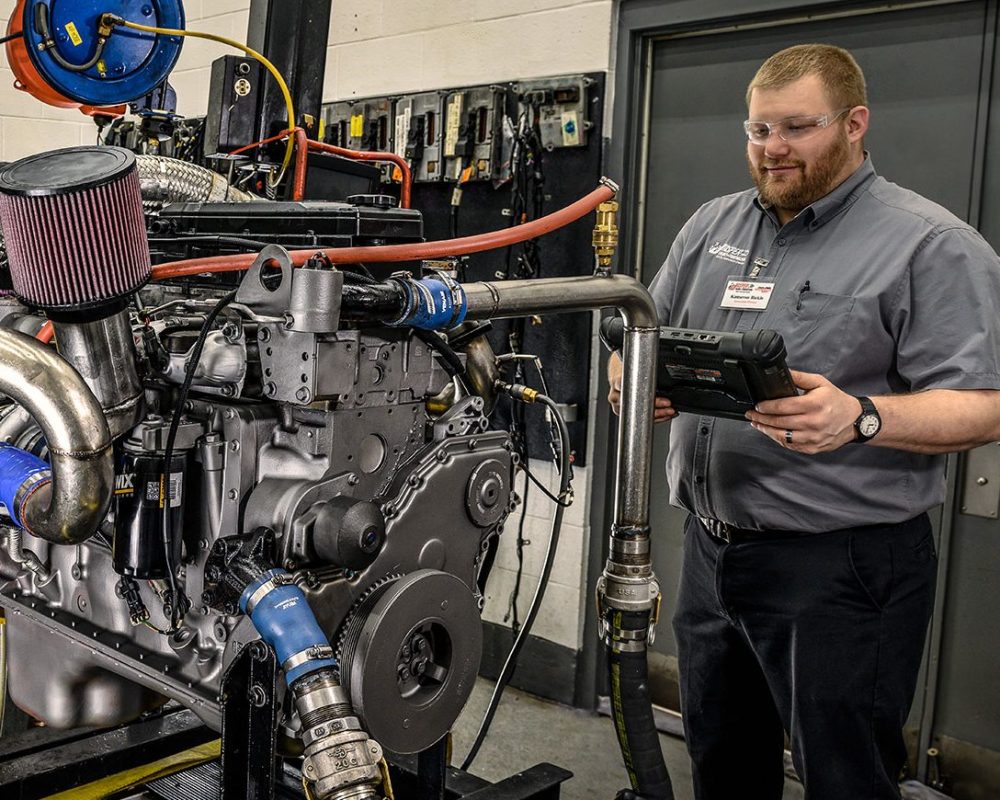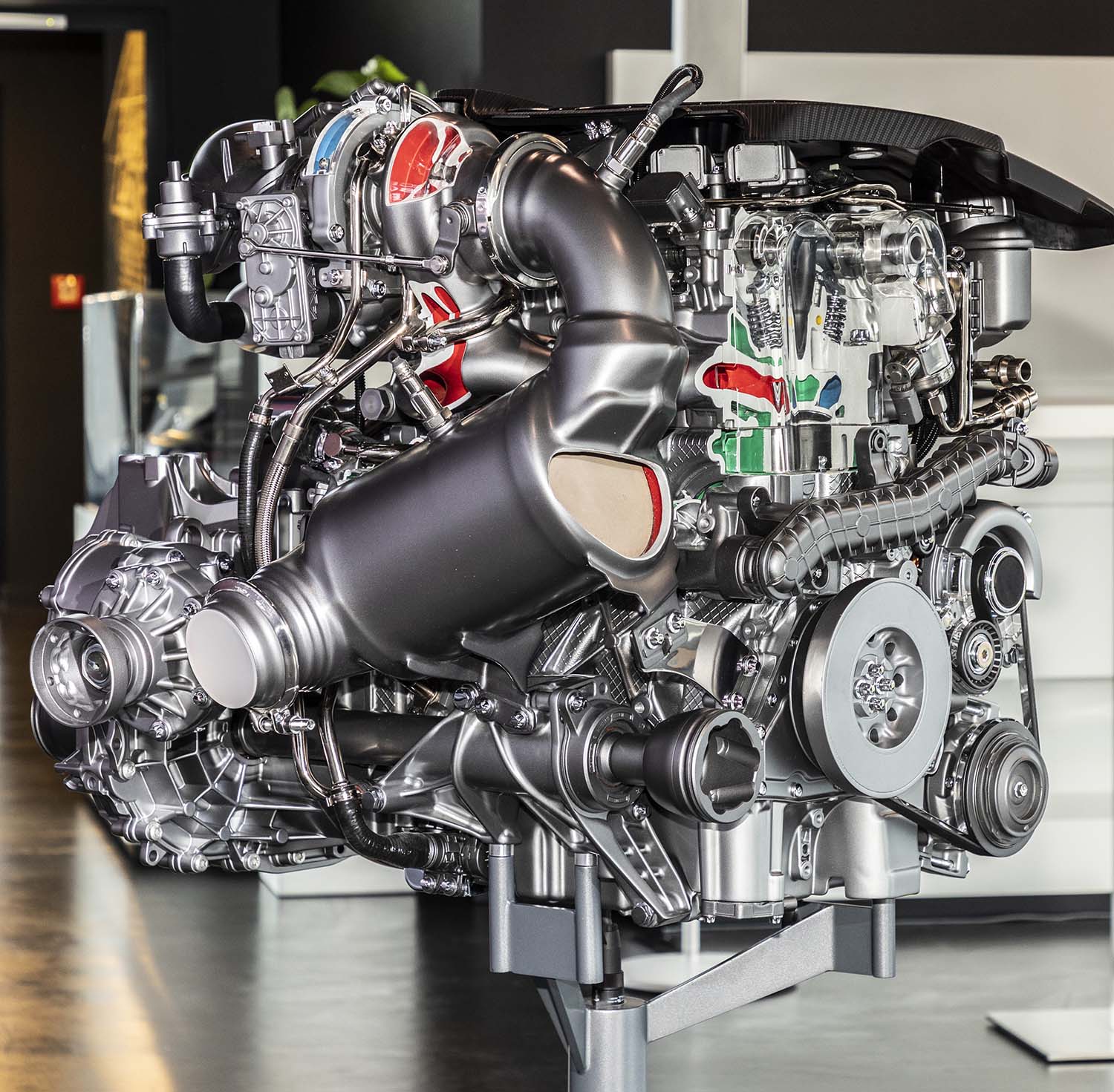Store Engines for Africa and More at Our Extensive Automobile Parts Store
The Quest for Ultimate Driving Power: Exploring the Pinnacle of Engine Performance and Technological Developments in the Automotive Market
In the realm of vehicle engineering, the search of maximum driving power has been an unrelenting quest that has actually unravelled through the advancement of engine style and the integration of sophisticated innovations. From the meticulous workmanship of combustion engines to the quick improvements in electric propulsion systems, the automobile industry stands at the cusp of a brand-new period defined by unmatched performance capabilities. As scientists and designers delve deeper right into the realms of computational liquid characteristics and check out ingenious gas technologies, the horizon of opportunities increases significantly. Remain tuned as we untangle the elaborate tapestry of technical advancements that are forming the future of automobile power and efficiency.
Advancement of Engine Layout

In addition, the combination of turbocharging and supercharging technologies has actually revolutionized engine layout by boosting power without dramatically boosting engine dimension. These forced induction systems press the intake air, enabling more gas to be combusted, thereby producing higher power outcome from a smaller engine. This advancement has been specifically critical in enhancing the performance of smaller variation engines while preserving fuel efficiency standards.

Performance-Enhancing Fuel Technologies
The application of sophisticated fuel modern technologies has actually significantly contributed to enhancing engine performance in modern vehicles. From traditional gasoline and diesel to cutting-edge biofuels, artificial gas, and hydrogen, the vehicle market is seeing a transformation in fuel options. Biofuels, acquired from eco-friendly resources like sugarcane, corn, or algae, offer reduced emissions and enhanced engine effectiveness. Synthetic fuels, produced through chemical procedures, provide high octane ratings, improving power result. Hydrogen gas cells, although still in the beginning of fostering, show terrific guarantee due to their zero-emission nature and possibility for high performance. Additionally, gas additives and cleaning agents are being developed to clean engine parts, enhance combustion, and minimize friction, therefore enhancing general lorry efficiency. With ongoing r & d, the mission for the ultimate driving power proceeds, as designers strive to open the complete potential of performance-enhancing fuel innovations in the automotive sector.
Improvements in Electric Propulsion
Considerable strides in electrical propulsion modern technology have actually transformed the automobile sector, leading the way for a new age of sustainable and reliable transportation. Electric automobiles (EVs) are obtaining popularity because of their ecological benefits and innovations in battery technology, allowing longer driving ranges and shorter billing times. Suppliers are investing heavily in research and development to enhance the performance of electric propulsion systems, concentrating on increasing power result, boosting power performance, and lowering total weight.
One remarkable innovation in electrical propulsion is the advancement of sophisticated electric motors that provide higher torque and power density, resulting in boosted velocity and total driving efficiency. In addition, regenerative braking systems have been fine-tuned to save and record power throughout deceleration, additional boosting the performance of EVs.
In addition, the assimilation of wise innovations, such as expert system and predictive analytics, is maximizing the administration of electric propulsion systems, making certain optimum performance under various driving problems. These improvements in electric propulsion are improving the automotive landscape, driving the sector towards an extra sustainable and energized future.
Impact of Computational Liquid Characteristics
With innovations in electrical propulsion pressing the limits of automotive technology, the assimilation of Computational Fluid Dynamics is playing a critical role in enhancing aerodynamic performance and enhancing total performance in lorry layout. Computational Fluid Dynamics (CFD) includes making top article use of computer system simulations to evaluate the circulation of air around a lorry, allowing designers to forecast how style adjustments will affect the rules of aerodynamics without the demand for costly physical prototypes. By properly modeling airflow patterns, CFD permits the improvement of lorry shapes to decrease drag, enhance air conditioning, and enhance stability.
One trick benefit of making use of CFD in car style is the capacity to iterate quickly, discovering various layout variants to determine one of the most aerodynamically efficient services. This repetitive procedure causes vehicles that are not only sleeker and a lot more aesthetically appealing however additionally more fuel-efficient and ecologically pleasant. CFD allows engineers to enhance air movement around parts such as radiators, engine bays, and wheel wells, adding to boosted performance and overall driving experience. To conclude, the combination of Computational Liquid Characteristics represents a considerable step forward in the quest for best driving power and efficiency in the auto sector.
Future Trends in Engine Innovation
In the vibrant landscape of vehicle design, sophisticated advancements are shaping the future trajectory of engine technology. The future of engine layout is marked by a strong emphasis on sustainability, efficiency, and performance. Makers are increasingly focusing on creating engines that not only supply high power about his outcomes however also prioritize ecological duty by enhancing and reducing discharges fuel effectiveness.
One popular trend in engine development is the surge of electrification. Crossbreed and electrical powertrains are getting traction as sensible options to conventional burning engines. These modern technologies provide the potential for considerable reductions in carbon discharges and boosted energy performance, lining up with international efforts to battle climate adjustment.
Furthermore, advancements in products scientific research and manufacturing strategies are enabling the manufacturing of lighter and extra resilient engine elements. This change in the direction of lightweight products such as carbon fiber and light weight aluminum alloys adds to enhanced efficiency and fuel economic climate.
Verdict
To conclude, the quest of ultimate driving power in the vehicle market continues to drive developments in engine style, fuel modern technologies, electric propulsion, and computational liquid characteristics. The development of these modern technologies is forming the future of engine technology, leading the means for extra effective and effective cars (engines for africa). As the market continues to push the boundaries of what is possible, we can expect to see a lot more groundbreaking developments in the mission for peak performance
One of the crucial milestones in engine layout advancement is the transition from typical carbureted engines to modern-day fuel-injected systems. By exactly metering the fuel delivery to each cyndrical tube, fuel-injected engines maximize burning, resulting see in far better performance and lowered ecological impact.
Furthermore, the integration of turbocharging and supercharging innovations has actually changed engine design by boosting power without substantially raising engine dimension (engines for africa).The application of advanced fuel technologies has actually dramatically added to improving engine performance in modern-day lorries. In addition, gas additives and detergents are being formulated to tidy engine components, optimize combustion, and decrease friction, consequently boosting general lorry performance